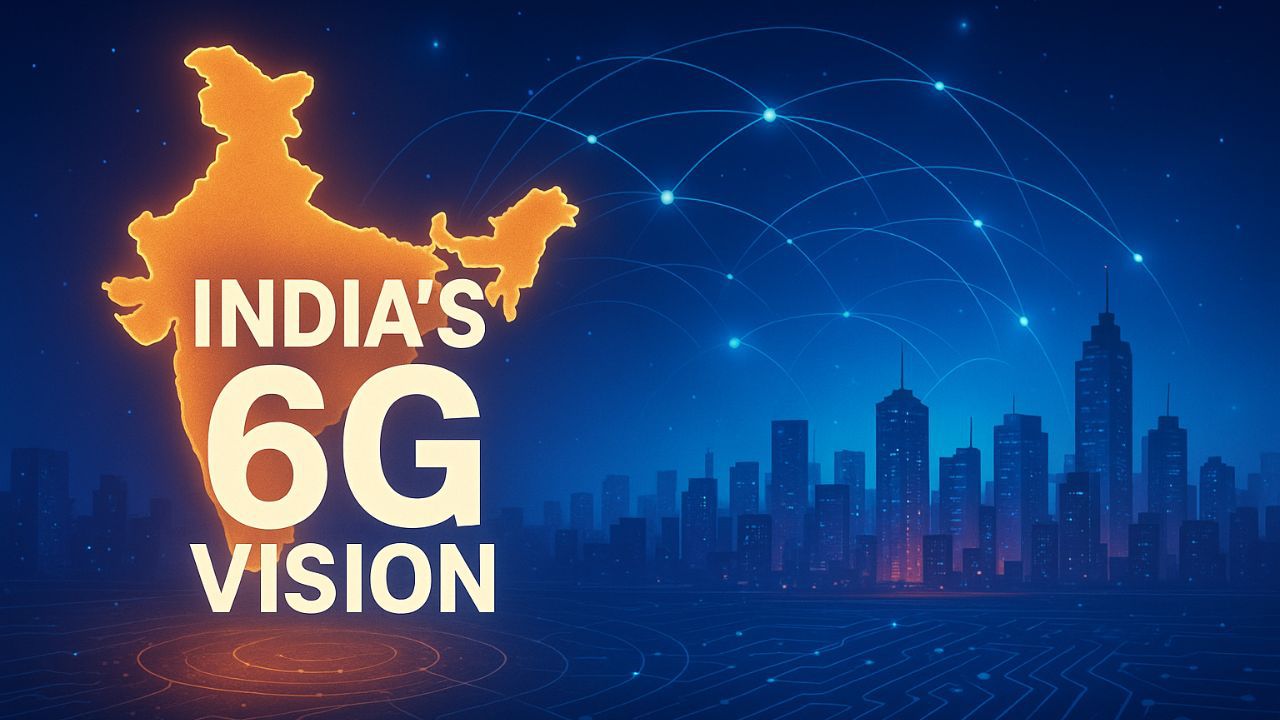The International Telecommunication Union’s Radio Sector (ITU-R) has introduced recommendation M.2160, titled, "Framework and overall objectives of the future development of IMT for 2030 and beyond". This framework sets the stage for 6G, or IMT-2030, envisioning a rollout by 2030 with capabilities that go well beyond what 5G offers today.
Also Read | OpenAI’s India Entry: First Office in New Delhi—What’s Behind the Move?
India is not standing still. In March 2023, the government released its “Bharat 6G Vision” document, outlining plans to design, develop, and deploy 6G networks. The aim is clear: provide seamless, secure, and intelligent connectivity that enhances lives while positioning India as a global leader in 6G.
What Makes 6G Different
Unlike 5G, which focuses on speed and connectivity, 6G promises much more. It will deliver:
Ultra-high speeds for faster data transfers
Minimal latency for real-time responsiveness
Integration of communications with sensing capabilities
Coverage from both terrestrial and non-terrestrial networks
AI-native design, making networks smarter and adaptive
This is not just an upgrade; it’s a complete transformation of how we connect.
Also Read | India Sets Sights on Auto Supremacy by 2030—Is It Possible?
India’s Roadmap to 6G
1. Building 5G Labs as Stepping Stones
Over 100 5G laboratories have been established in academic institutions across India. These labs are preparing the ecosystem—students, researchers, and startups—for the leap to 6G.
2. Funding Innovation Through TTDF
The Telecom Technology Development Fund (TTDF), launched in October 2022, supports R&D and innovation in telecom, including 6G. As of July 2025, 104 projects worth ₹275.88 crore have been approved under this scheme.
3. Bharat 6G Alliance for Collaboration
The Bharat 6G Alliance brings together industry, academia, research institutions, and standards bodies. It has also signed MoUs with global 6G alliances, ensuring India’s role in shaping the worldwide 6G ecosystem.
4. Technology Innovation Hub at IIIT Bangalore
A Technology Innovation Hub (TIH) at IIIT-B-Comet Foundation is focusing on futuristic solutions like Reconfigurable Intelligent Surfaces (RIS) and advanced O-RAN Massive MIMO systems—key enablers for 6G. These steps, as shared by the Minister of State for Communications and Rural Development, Dr Pemmasani Chandra Sekhar, underline India’s commitment to being a frontrunner in the 6G race.




